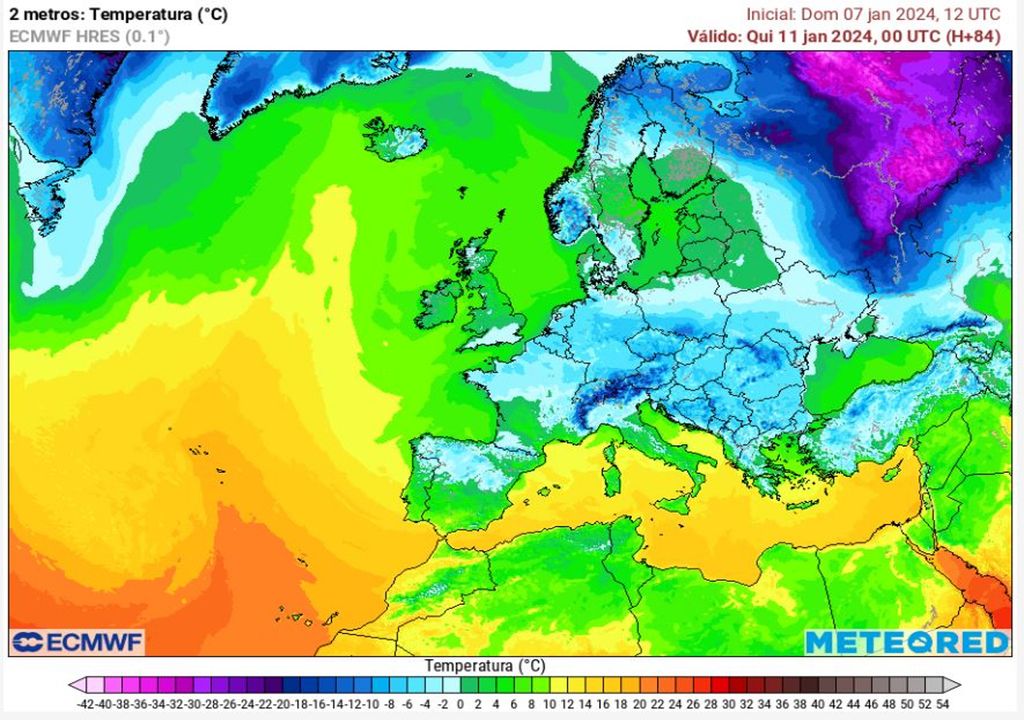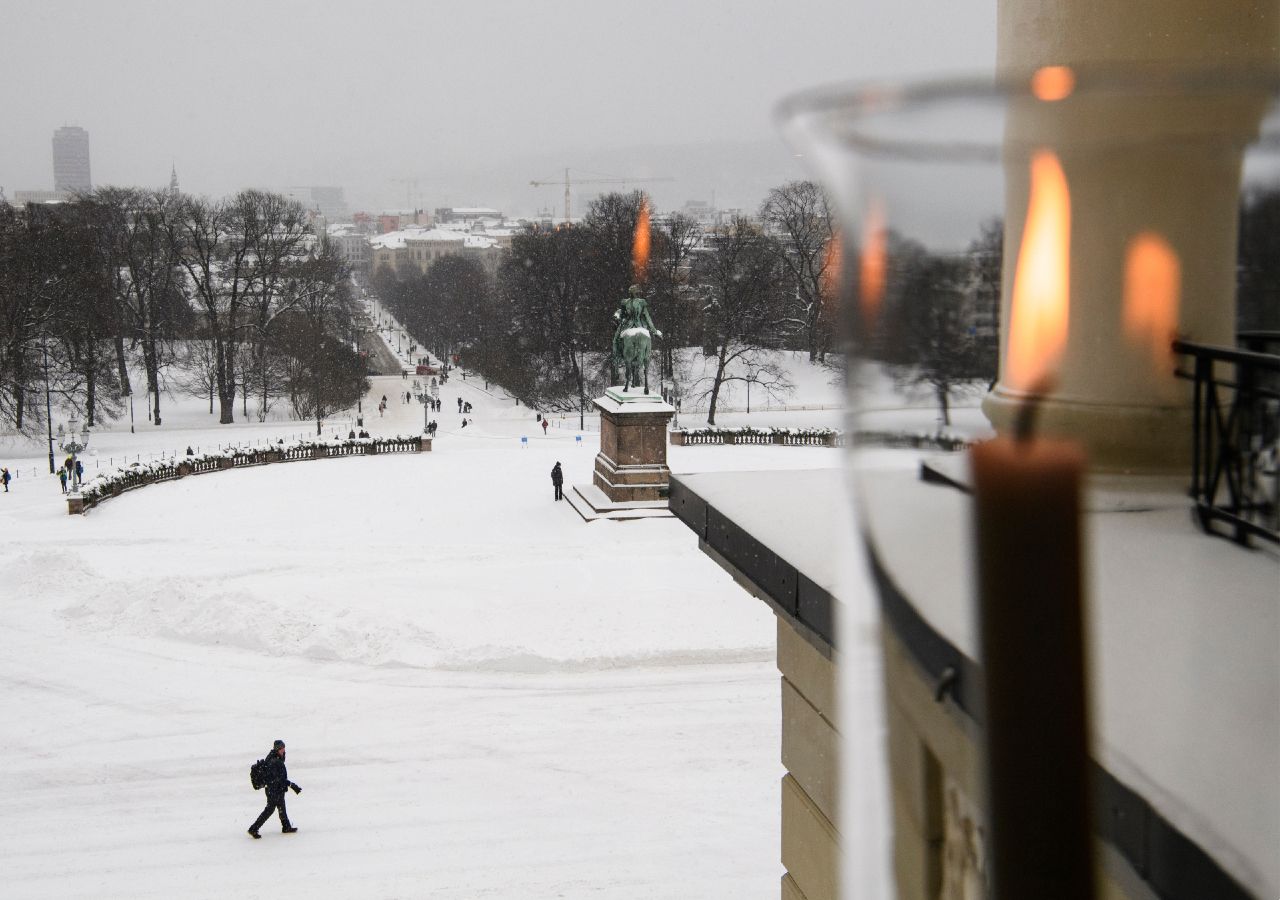In the early hours of the sixth day, which is the day on which Kings Day is celebrated in many European countries, The Norwegian capital Oslo in the municipal area of the same name recorded a record negative temperature: -31.1 degrees Celsius! This value was recorded at a meteorological station near the town of Bjornholt, about 20 kilometers north of Oslo city center, but it is still within the municipal boundaries. This is the first time that temperatures have dropped below -30 degrees Celsius in this region.
This level of low temperatures is part of the cold wave that hit northern Europe last week.
To give you an idea of how cold it can be felt in that area, at this particular weather station, the highest temperature recorded on Friday and Saturday was -21.9 degrees Celsius! Early Saturday morning, thermometers showed -29°C, but the thermal sensation was -37°C, a temperature considered too low.even for those latitudes where populations live that are accustomed to cold and negative temperatures.
Cold snaps correspond to time periods of at least six days, during which the average minimum temperatures are 5°C lower than the reference value.
actually In the center of the Norwegian capital, the thermometers did not fall below -21.5 degrees Celsius, but at the Oslo-Blenderen meteorological station, which is located northwest of the city, temperatures fell to -23 degrees Celsius., which also represents a record. This is the lowest temperature recorded since January 1987, when thermometers reached -23.2 degrees Celsius. In addition to this year, low temperatures were recorded in the region only in 1985, 1966 and 1941.
⁉️ A record temperature of -31.1 degrees Celsius was recorded in the Norwegian capital.
This is the lowest temperature recorded in Oslo. Over the past quarter century, the temperature has not dropped below -21 degrees Celsius.
Sweden and Finland also witnessed extreme cold and snowfall. the pic.twitter.com/oAEG3lmNhd
– Slova (@Heroiam_Slova) January 7, 2024
Causes and effects
The extreme cold in Norway and the rest of the Nordic countries (mainly Finland and Sweden) caused some restrictions, even among communities well prepared for this type of event. In addition to some roads being closed due to ice and snow accumulation, some ski resorts were also closed.. Reindeer herding activity, which is also typical in the above-mentioned countries, has significantly decreased, with herders facing thermal sensations of around -46°C!
This level of low temperatures is part of the cold wave that hit northern Europe last week. In northern Sweden, for example, the temperature on the third Wednesday was recorded at -43.6°C, the lowest ever in the region, at least in the past 25 years.
ECMWF model forecasts indicate a slight improvement this week, both in the Scandinavian Peninsula and in the rest of the continent, but by the end of the week, cold, snowfall, ice and wind conditions may worsen again, especially in the eastern part of Finland, bordering northwestern Finland. Russian Federation.

While the cold affects millions of Europeans in the north, it is the floods in the center that affect the population. Both Germany and the United Kingdom had a difficult week from this point of view, with heavy rains leading to flooding of buildings and the closure of roads. Fortunately, the recorded damages are mostly material..

“Hardcore alcohol maven. Hipster-friendly analyst. Introvert. Devoted social media advocate.”

